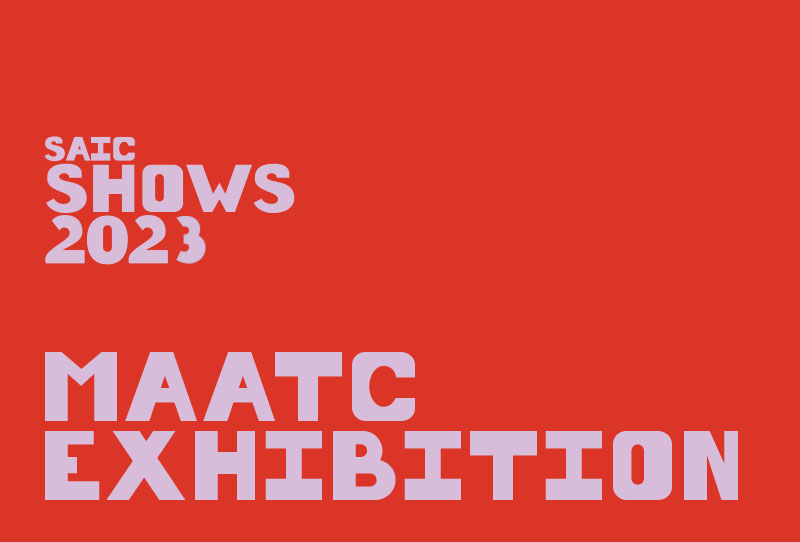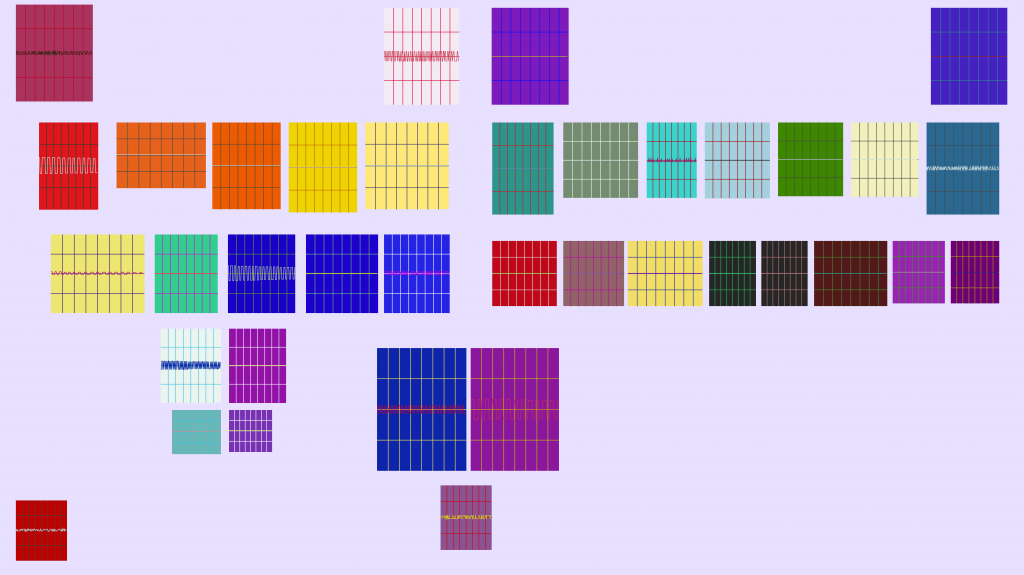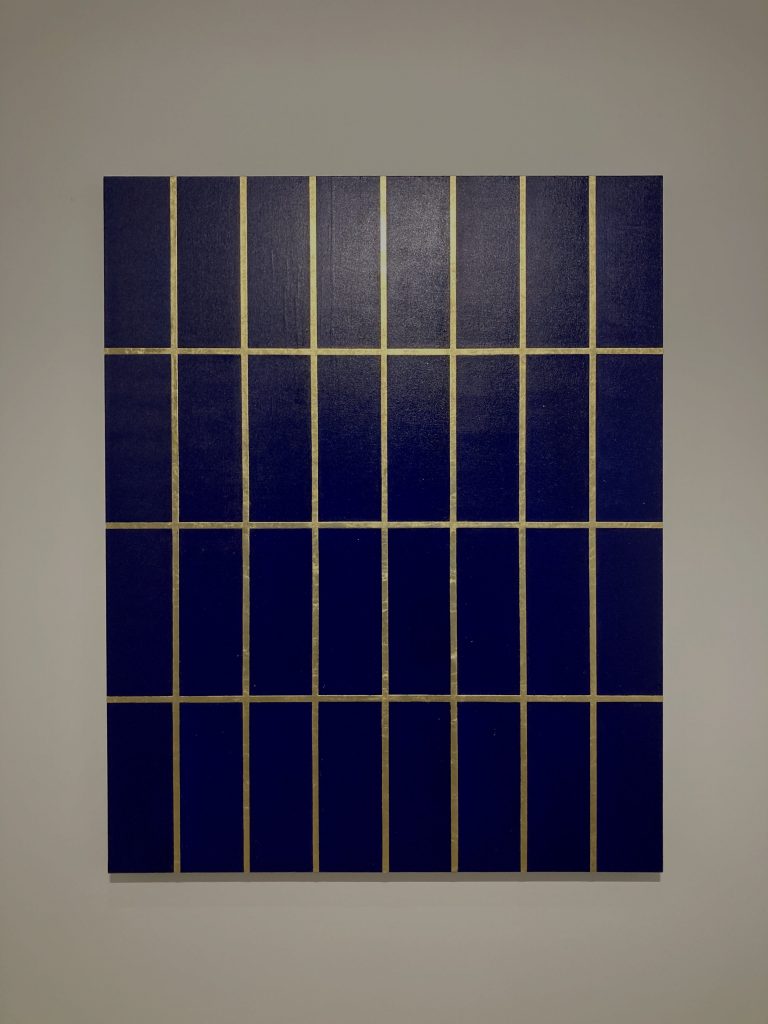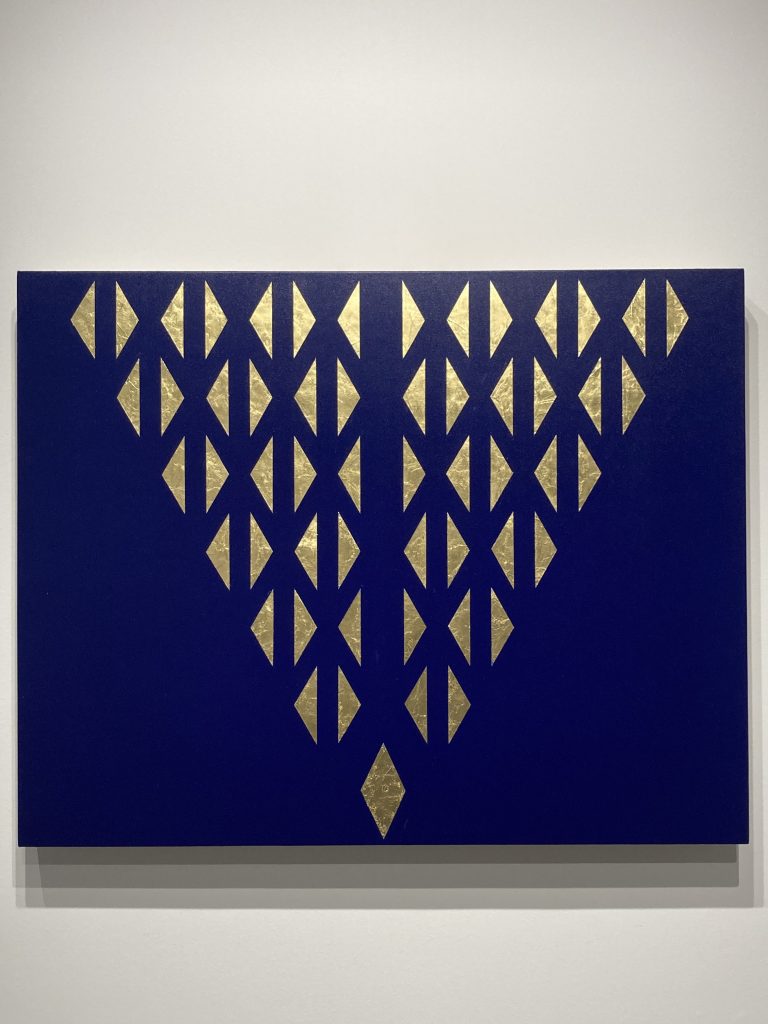Ryan Golden Kirkpatrick is a visual & sound artist, musician, and art therapist in-training. After living in Los Angeles for 18 years, working as a writing, recording, and touring musician, he began his graduate education at the San Francisco Art Institute studying painting and sound art. After receiving his MFA in 2020, he moved to Chicago and began School of the Art Institute of Chicago’s MAATC program. Throughout his graduate education, he has continued his painting, sound art, and music practice.
For this exhibition, I want my audience to experience the complicated dynamic of a family system that is processing trauma. I want them to think more critically about the influence and interplay that occurs between family members dealing with depression, suicide, substance use, and many others mental health conditions. To accomplish this, I’ve created a sonic family genogram that is based on my family genogram. A family genogram is a therapeutic tool that visually represents a client’s family based on each member’s mental health and attachment/behavioral patterns, and the inter-relational qualities of the family as whole. Using Max 8, an interactive software that lets users program complicated and interconnected sound synthesis using visual tools and numerical values, I have created and assigned a virtual oscillator (sound producing machine) to every member of my family and programmed them to produce sound and interact with each other in much the same way that I experience my family interacting historically and in real life. Based on my experience with them, I have encoded each family member (oscillator) with parameters that define their pitch (vibrational frequency), volume (loudness), timbre (quality of sound) and resonance (interaction of vibrations) as a way of reflecting my interpretation of them. Additionally, I have created an oscilloscope (visual representation of a sound wave) for each person that will be visible on screen and structured like my original genogram. Both the sound art piece and the corresponding video will be generatively and stochastically producing an ongoing composition of sounds, often influencing and overlapping each other, that will never repeat itself throughout the entirety of the exhibition. I hope that the experience of engaging a visual and sound art rendering of my family’s mental health history can open up dialogue around the role that art can play in helping someone process their past and their pain. I hope that the abstraction of data into feeling can impact the viewer in ways that shift their perspective from judgment to curiosity and empathy.




